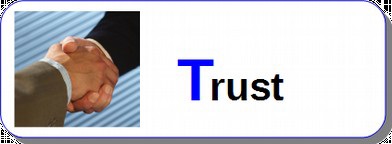A Coaching Model Created by Lionel Bikart
(International Leadership Coach, JAPAN)
Alone we can do so little. Together we can do so much.- Helen Keller
Our perception of reality is shaped by our relationships with others. We grow, learn and develop through communication. Our unique self is the result of the accumulation of experiences we had, mostly with others. Consciously or not, communication and relationships induce change all the time around us or inside of us at a varying pace. We are often passively subject to change, sometimes however we set for ourselves challenges and seek for transformation.
Changing, improving ourselves, growing in new roles, acquiring new skills, attaining goals set, reaching a higher level of happiness are all hard work. We need to keep focused and gather our resources and energy to get there. Sometimes it might feel easy, sometimes we may wish some help. That is where coaching comes in: coaching is a special relationship, a partnership between a coach and a client set up freely to support the client to stay focused and enthuse them through the change process. Coach and client have a common purpose: the client’s personal and professional development. The coach complements the client’s expertise in their own life with expertise in the coaching/change process. They create synergy. Coach and client form a winning team.
The TEAMUP© coaching model presented here was inspired by various subject areas, among others by Appreciative Inquiry and Positive Psychology. The model draws thus on evidence-based and strengths-based approaches to professional coaching. Cognition, emotions and behavior are all addressed in the coaching conversation. The model considers the client in their wholeness as well as the context in which they are embedded, the constellations and cultures at play. For instance, in the case of a manager wishing to develop their leadership competence, the coaching process will address the values and strengths of the manager, but also consider their environment and the diverse multinational team they are working with.
The TEAMUP© coaching model is set up by six consecutive steps as shown in the graphic below.

 The first step is named “Trust”. In this phase, the coaching relationship is established. It is all about relating, partnering, finding to one another, testing the chemistry between coach and client. Creating a trust-based relationship is fundamental for the success of the coaching process.
The first step is named “Trust”. In this phase, the coaching relationship is established. It is all about relating, partnering, finding to one another, testing the chemistry between coach and client. Creating a trust-based relationship is fundamental for the success of the coaching process.
A coaching contract is established. Contracting enables a transparent relationship where duties and expectations of both the coach and the client are determined. In contexts where the coach is appointed by the client’s organization – the sponsor – this contracting and trust building phase takes into account the expectations of all three partners: the coach, the sponsor and the client. The ground rules are laid down. Addressing confidentiality issues between all parties is a constitutive part of trust building. The scope and purpose of the coaching program is set. The parties agree on what the coaching process should achieve.